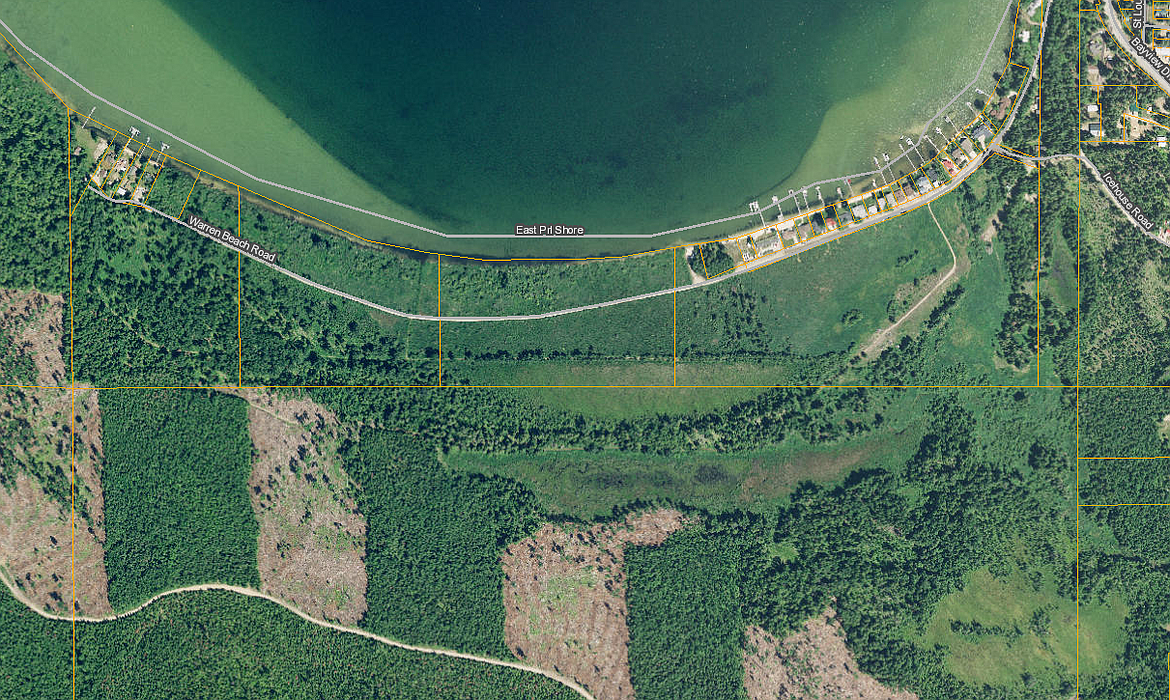Fill operation permitted in Coolin wetland
COOLIN — On the south end of Priest Lake, the U.S. Army Corps of Engineers has approved a fill operation which, critics allege, could threaten the Coolin wetland system.
The permit allows “the discharge of approximately 1,449 cubic yards of gravel and rock within 0.315 acres of wetlands adjacent to Priest Lake,” according to the application which was filed in May.
The details of the permit, which was approved by the corps in late July this year, emerged following a Freedom of Information Act request made by the Selkirk Conservation Alliance to the Corps.
Amy Anderson, executive director for the SCA, said she is worried approval of this permit may open another 20-plus wetland parcels for development as well. The area surrounding the parcel in question has 26 lots, each about a quarter-acre.
The area in question, on the south end of Priest Lake, is shown on Bonner County’s GIS map as a flood hazard zone.
Anderson also raised procedural concerns with the Corps.
“Considering SCA has submitted multiple comment letters to you and the ACOE … why were we not included in the public notice to interested parties?” Anderson said.
“According to ACOE code, general permits such as nationwide permits must be publicly noticed with the opportunity for a public hearing,” Anderson wrote in an email to the Corps.
Anderson also asked about the extent of the public interest review and for the determination narrative that found this development, in what SCA calls “the heart of the Coolin wetland system,” to be in the public interest.
In his application, David Gravelle of Code Red Consulting said that filling in at least some of the property is necessary.
“Approximately 17% of the 5-acre parcel is proposed to be filled. Efforts were made to reduce the size and dimensions” of the fill operation, Gravelle said. The proposed development is for a shop and a driveway on the parcel, all to be constructed on fill.
The EPA lists “deposition of fill material for development” as one of the hydrologic alterations that can significantly alter soil chemistry and plant and animal communities in a wetland ecosystem.
The permit was obtained by the process outlined in section 404 of the Clean Water Act, which regulates the discharge of fill material into U.S. waterways, which has traditionally been interpreted to include wetlands.

